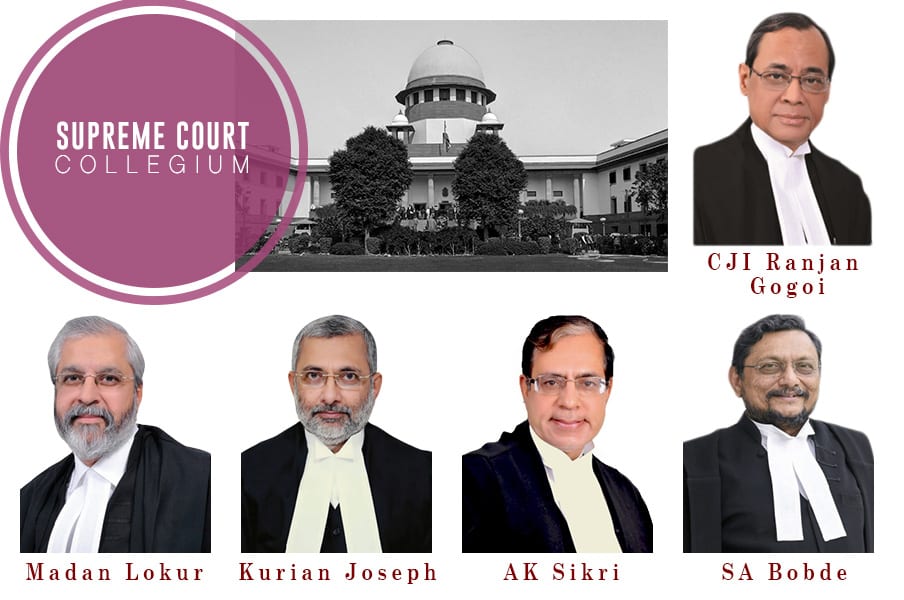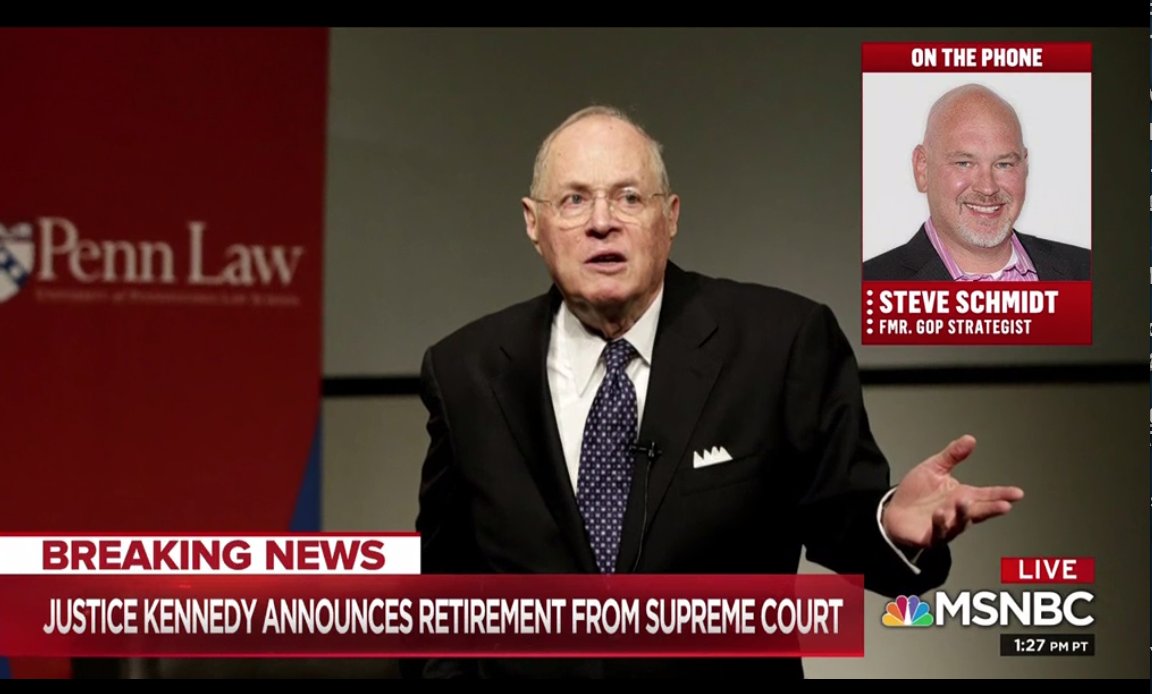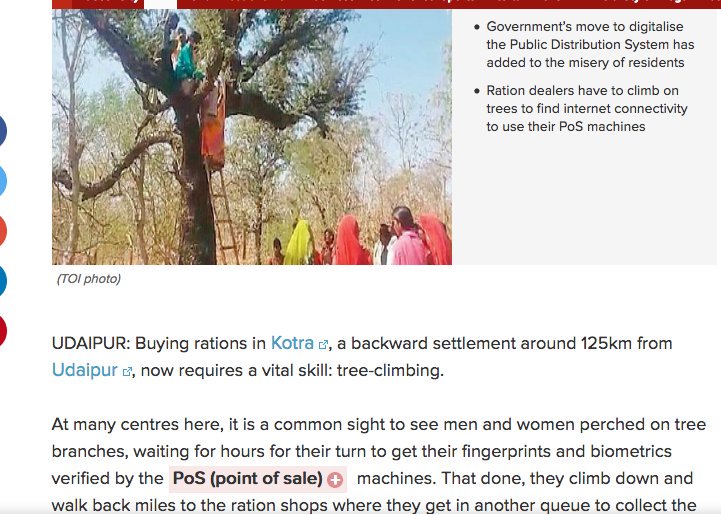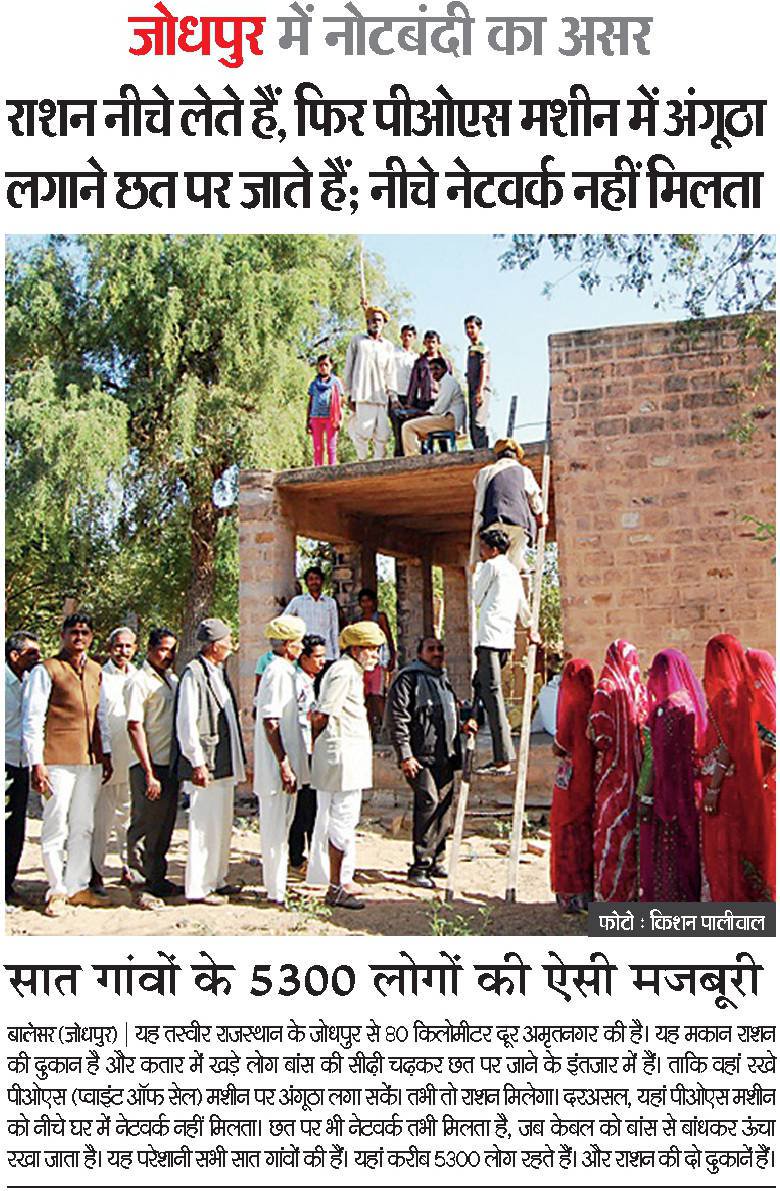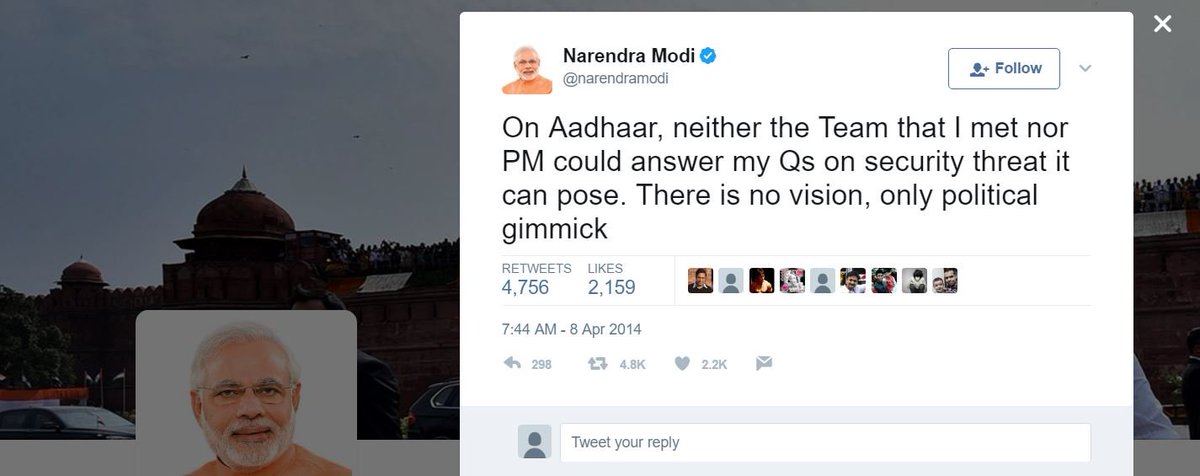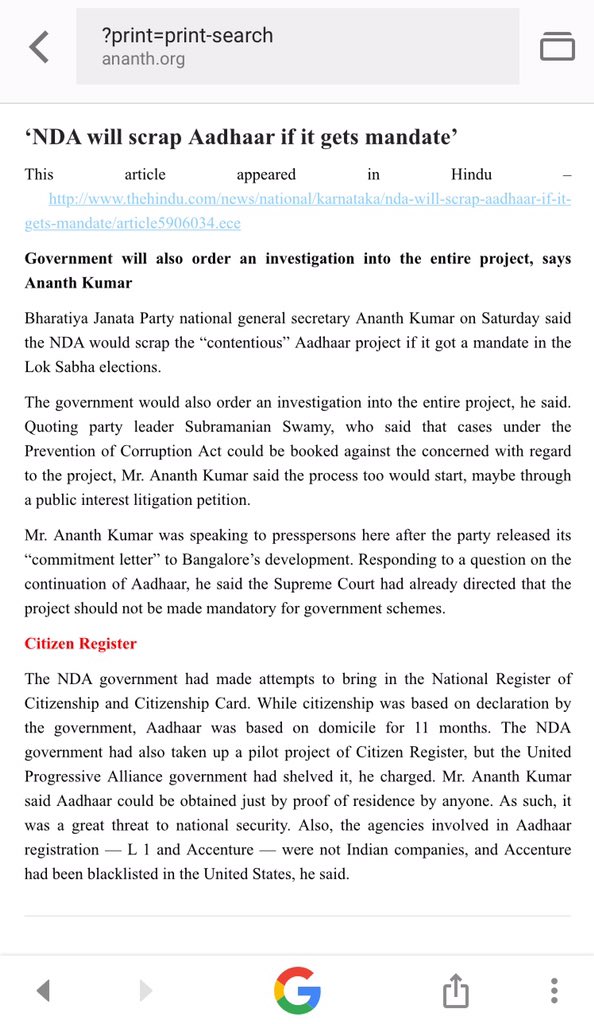The answer to this question could have significant impact on the political future of the country and will now be decided by the Supreme Court of India. #Thread on my piece. barandbench.com/hung-assembly-…
“They have given a letter with signatures of 117 MLAs; on the other hand you have given a letter claiming stake to form the government. In such a case, what will the Governor do?”
His argument was if Governor has to choose between a Single Largest Party with sāy 100 seats and a coalition with 120 seats, Governor has to choose which side can get majority.
“You (Congress) are saying that you are at 3 (in the order of preference) but your case is that they (BJP) are not at 2”.
Singhvi's response to the same was not clear to me.
Till then, a hung assembly will hang on to the ambiguous discretion of the Governor.

